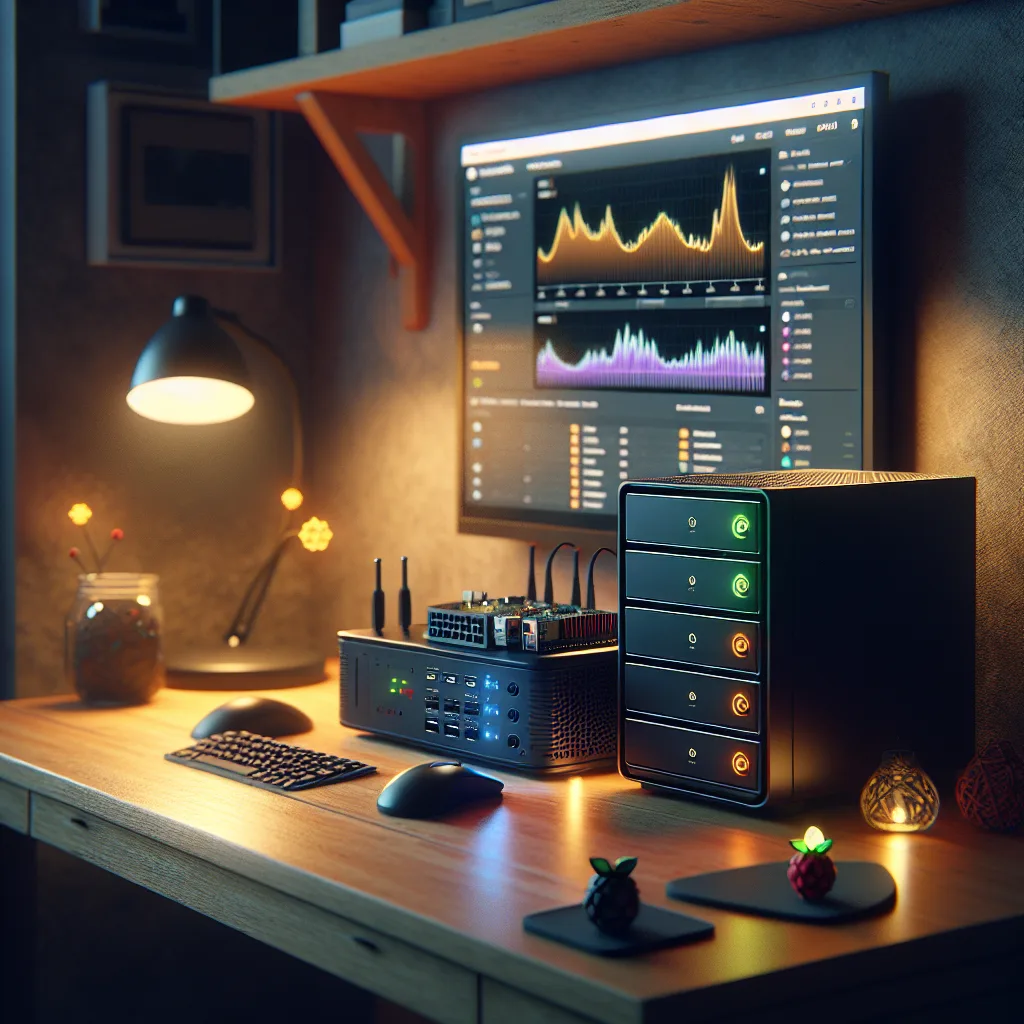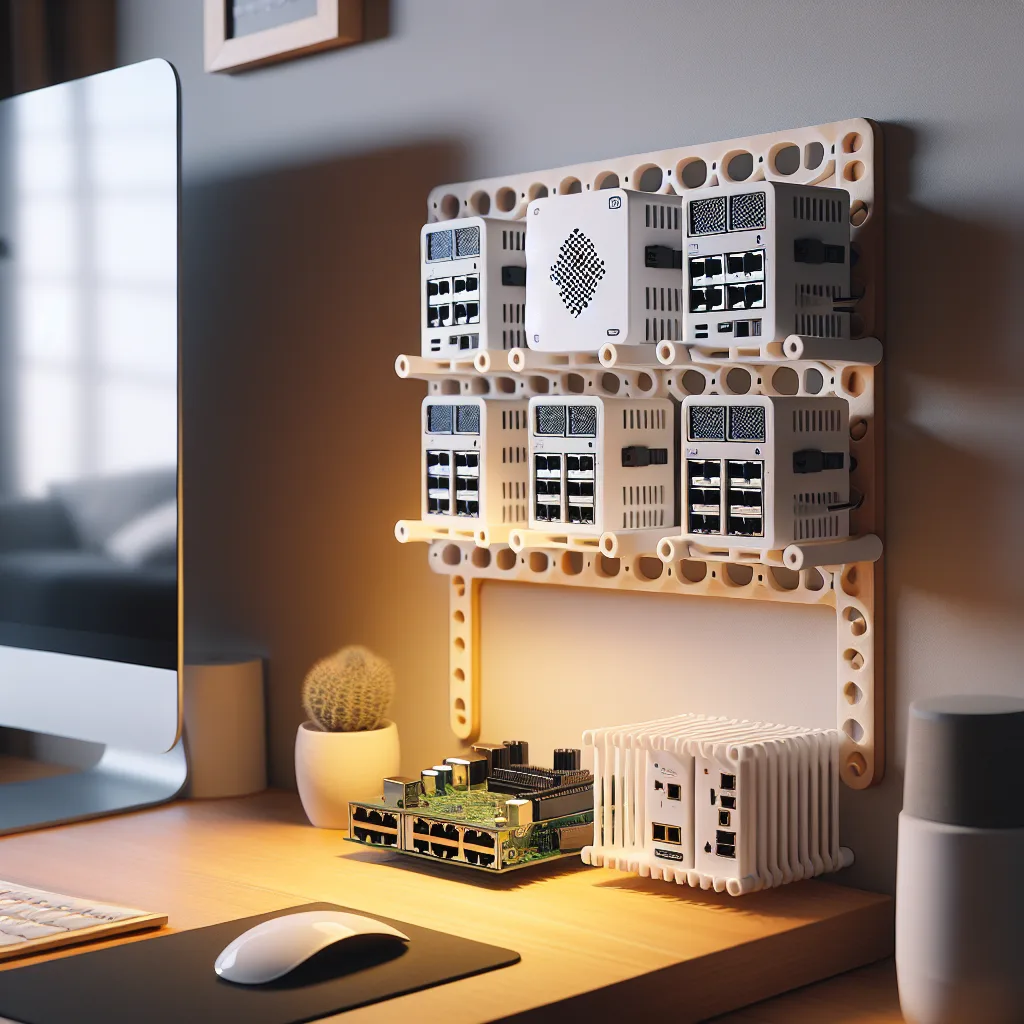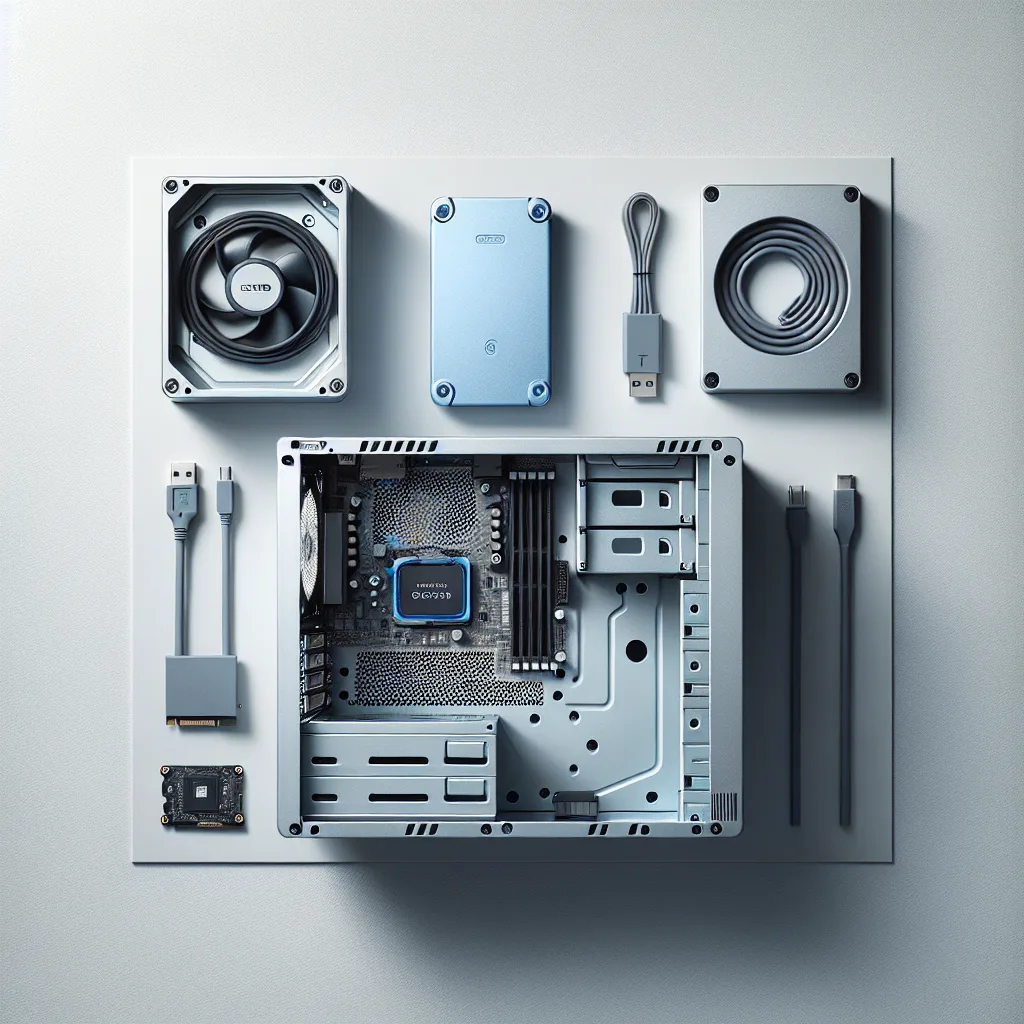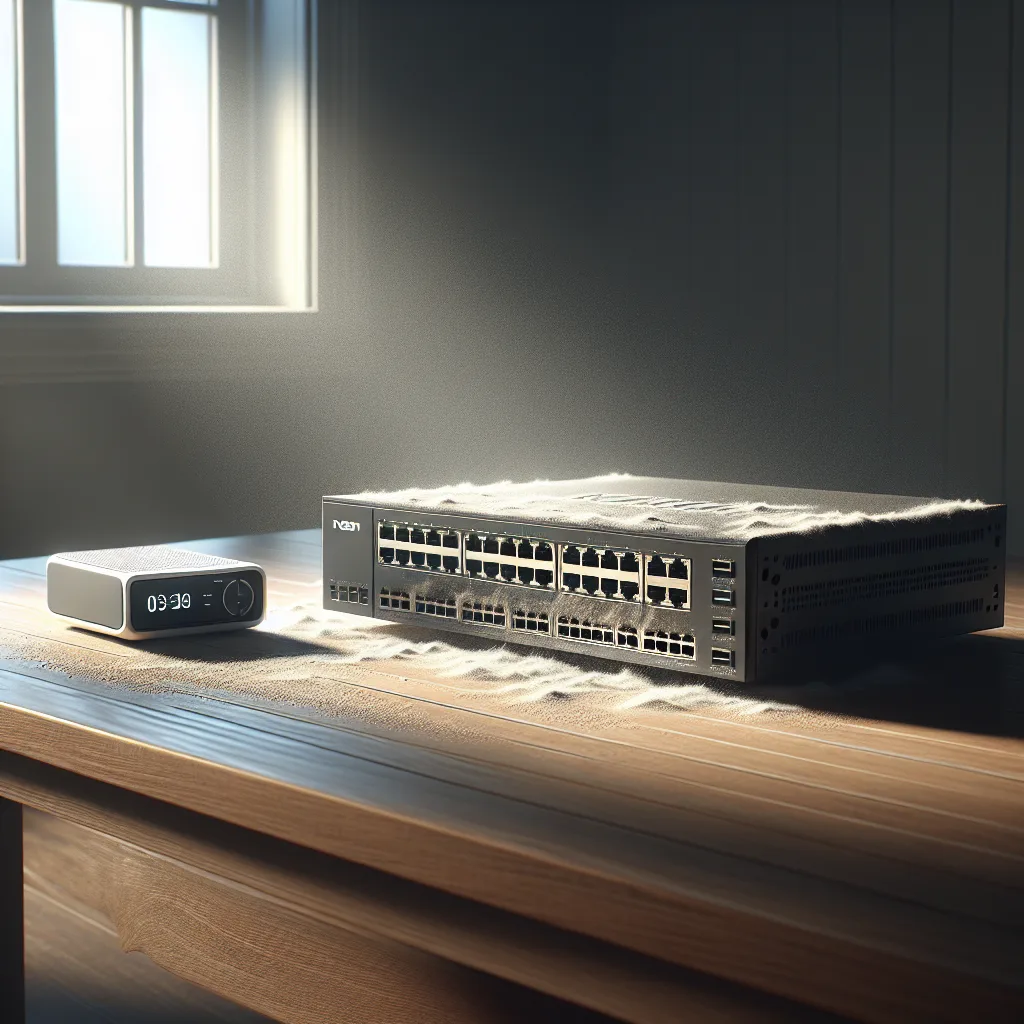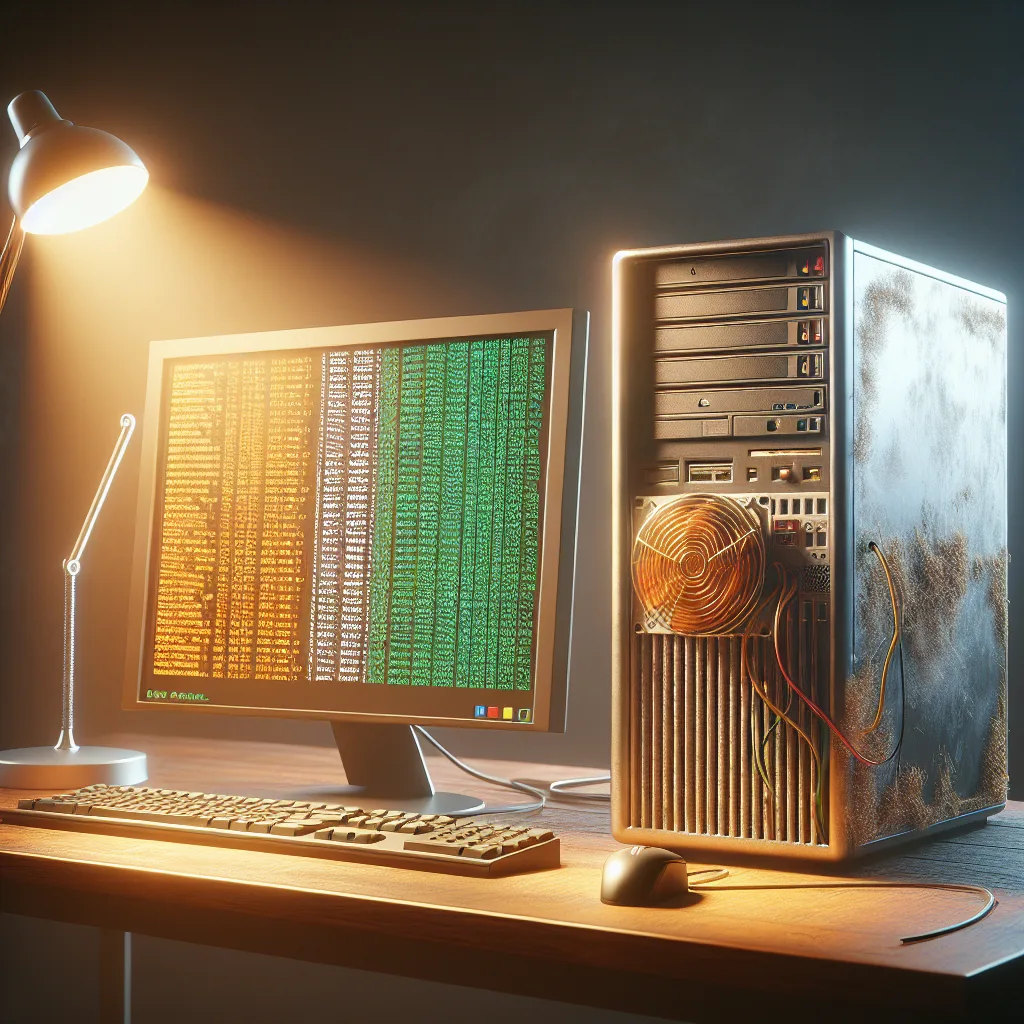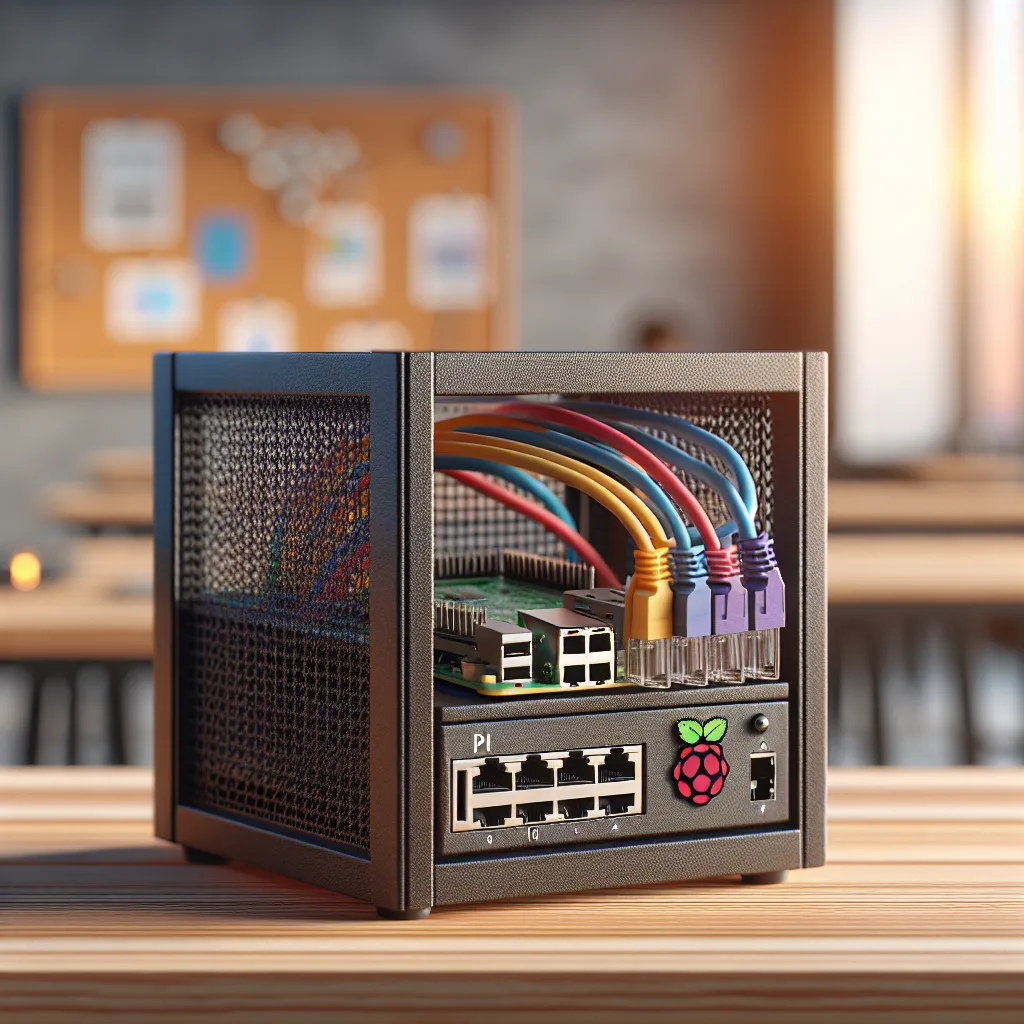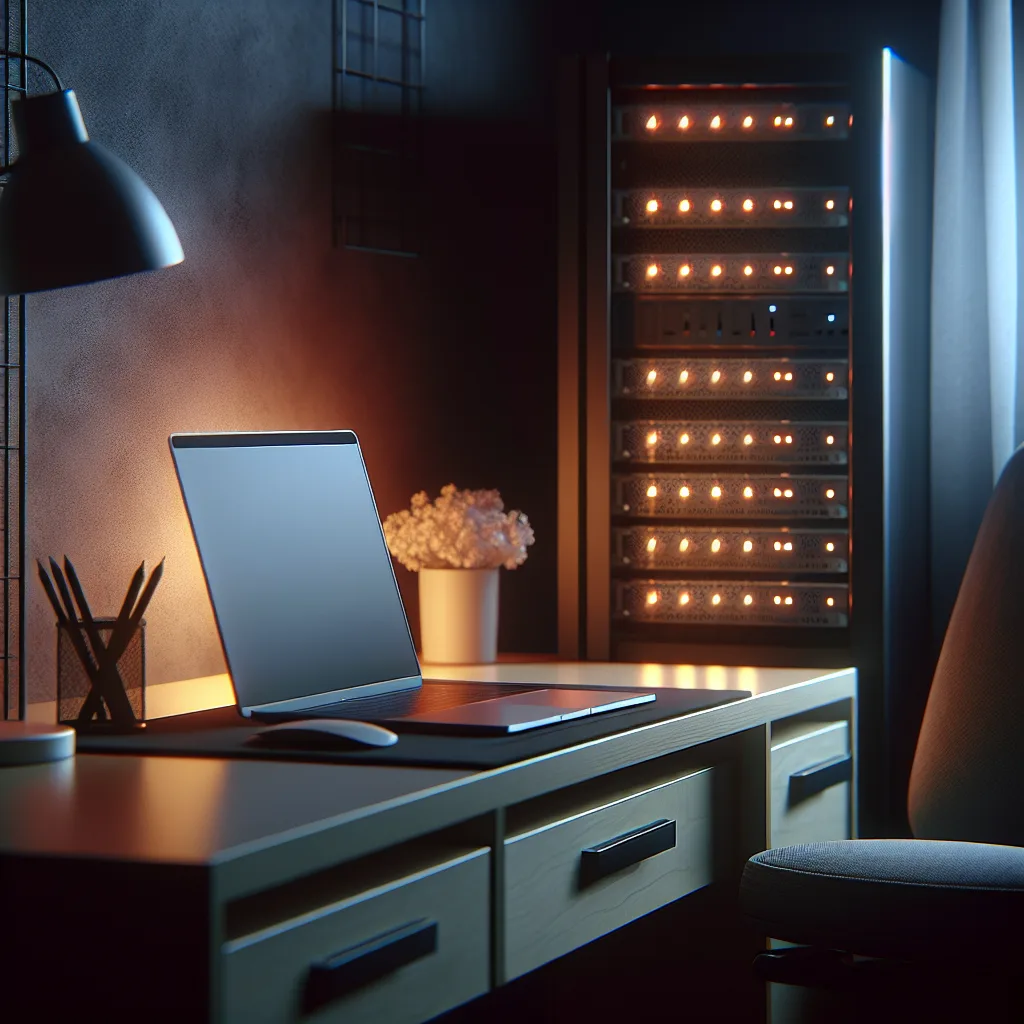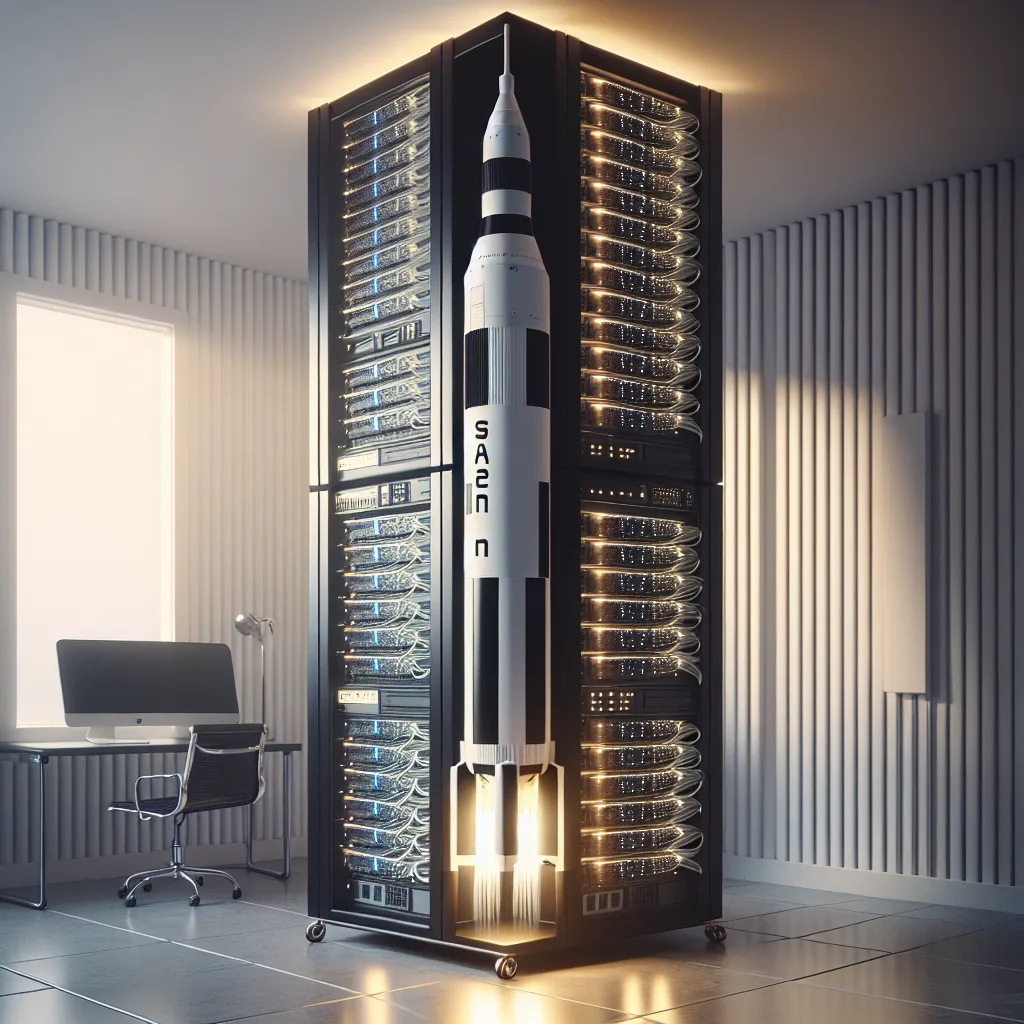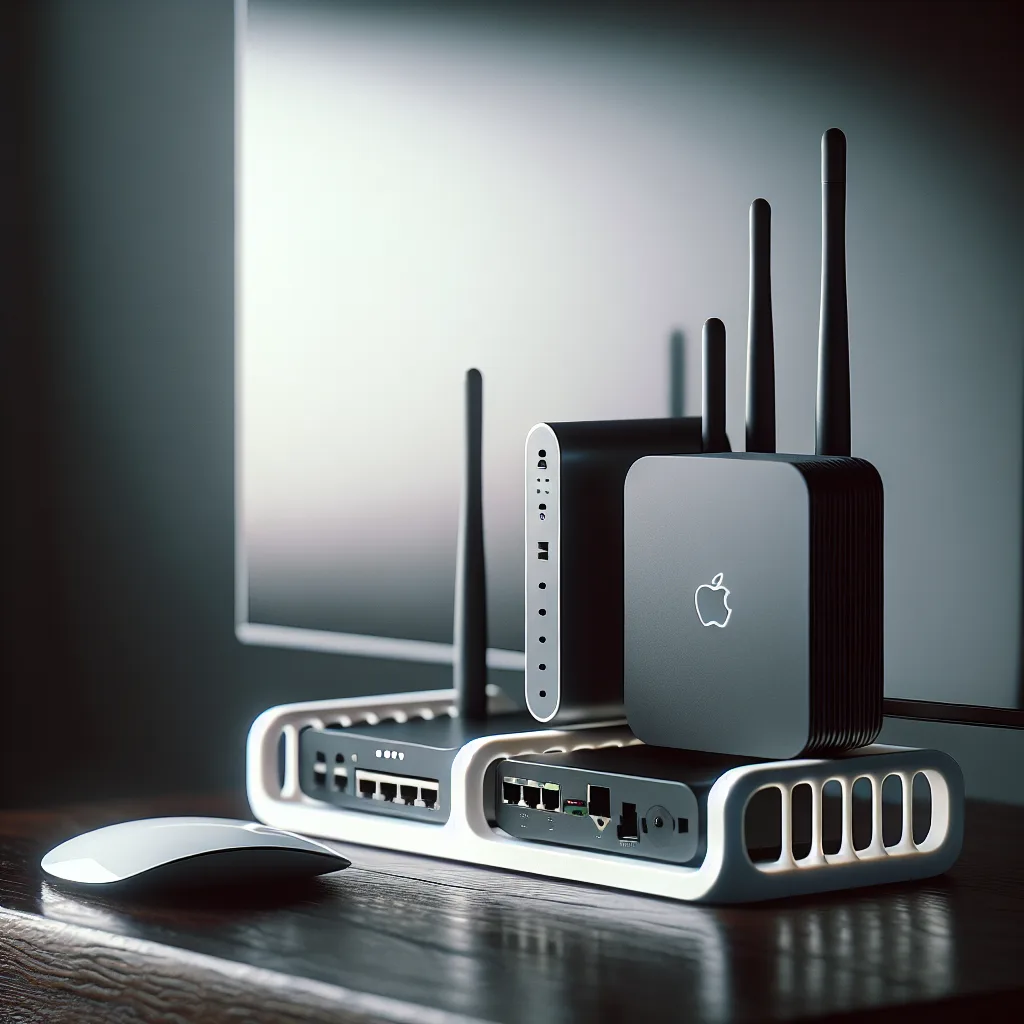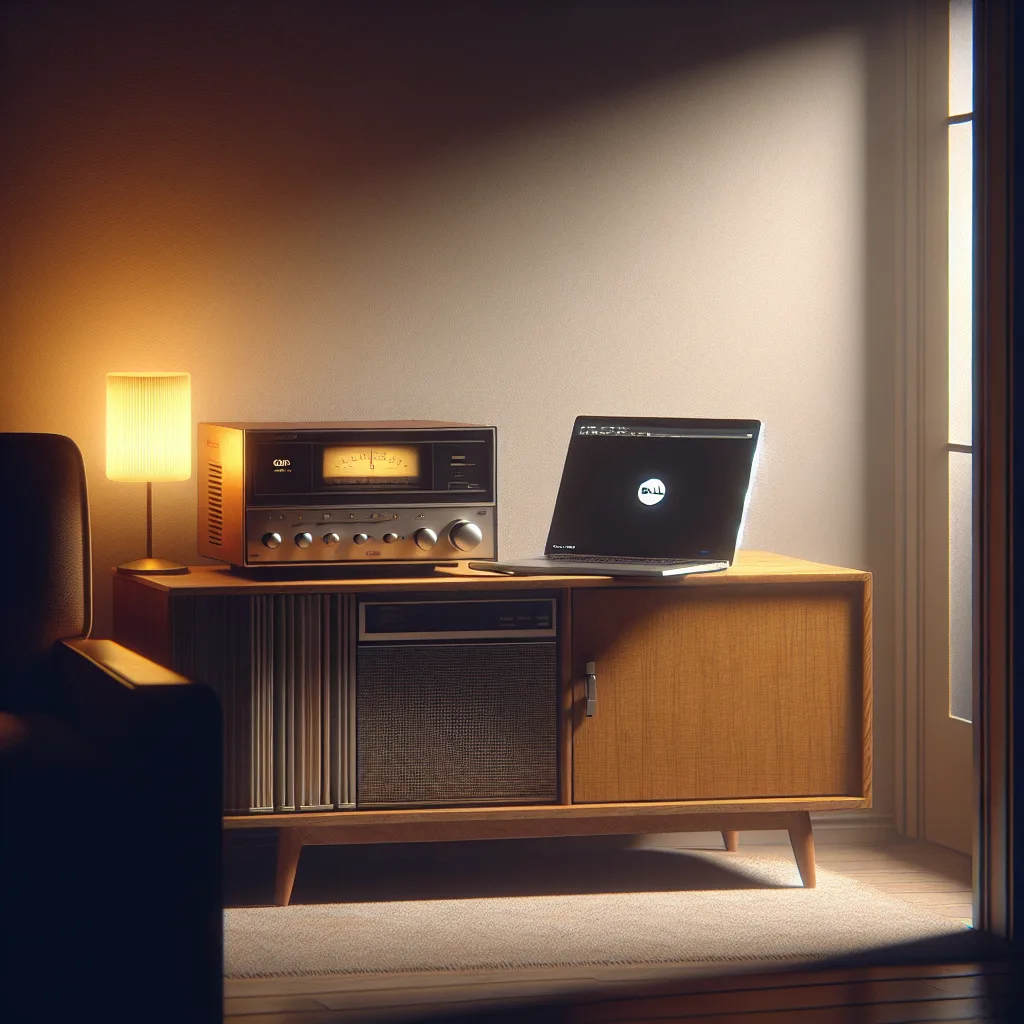A personal journey into building a first homelab. See the hardware, software, and lessons learned from a beginner with no IT background.
It Starts With a Spark of Curiosity
I’ve always been a tinkerer, but I have zero professional IT background. For me, technology was a hobby, a way to solve little problems or just learn something new. So when I first stumbled upon the world of “homelabbing” and self-hosting, I was instantly hooked. The idea of building my own little data center at home felt like the ultimate DIY project.
It was also a little intimidating. But I decided to dive in headfirst, learn as I went, and share what the experience is really like for a total beginner.
My main goal was simple: build a home server that was stable, secure, and actually useful in my daily life. I didn’t want a rack of blinking lights that just sat there collecting dust and running up my power bill. I wanted it to earn its keep.
The Hardware: My First Homelab Setup
After a lot of reading, I landed on a setup that felt powerful but wouldn’t be overwhelming. I focused on small, efficient hardware instead of big, loud servers.
Here’s a look at the core components:
- Mini PCs (x2): These are the heart of the lab. I installed Proxmox on them, which is a fantastic piece of software that lets you run multiple virtual computers (VMs) and lightweight containers (LXCs) on a single physical machine. It’s like having a whole fleet of computers in two tiny boxes.
- Synology NAS: This is my central storage hub. It holds all our family photos, documents, and media. But it’s also doing double duty—I’m running my backup server in a virtual machine right on the NAS.
- Firewalla Gold Pro: This replaced my old consumer-grade router. The difference is night and day. It gives me a crystal-clear view of what’s happening on my network and makes security much more straightforward.
- Raspberry Pi 4B: A classic for a reason. This little guy runs smaller, dedicated tools and is perfect for experimenting.
- Networking Gear: A simple TP-Link PoE Switch powers everything, and a UniFi AP7 Access Point provides solid Wi-Fi 6 coverage throughout the house.
The Software: Putting the Lab to Work
Hardware is cool, but the software is where the magic happens. This is what turns a pile of electronics into a genuinely useful home server.
I’m running a lot of different services, but a few have already become essential.
1. A Smarter, More Private Home
I use Home Assistant to connect all my smart devices. My favorite automation so far is one that checks the hourly price of electricity and adjusts my Nest thermostat accordingly. On hot days, it pre-cools the house when electricity is cheap and then lets the temperature drift up a bit when prices spike. It’s a small thing, but it’s a perfect example of making the server pay for itself.
2. Taming the Paperwork
I set up Paperless-ngx, an incredible open-source tool for managing documents. I can scan any piece of mail or a receipt, and it automatically digitizes, tags, and files it. The best part? I connected it to Ollama, a tool that lets me run a large language model (LLM) locally. This means my Paperless instance uses a private AI to make every single one of my documents fully searchable. No more digging through filing cabinets.
3. Making Backups Effortless
The golden rule of IT is to back everything up. I’m running Proxmox Backup Server to automatically back up all my virtual machines and containers every night. It gives me peace of mind knowing that if I mess something up (which happens!), I can restore it with a few clicks.
The Bumps in the Road
It hasn’t all been smooth sailing. My initial plan included a cool little LCD screen connected to a KVM switch so I could directly access the servers without a dedicated monitor. But I hit a wall. Proxmox, the operating system on my mini PCs, doesn’t play nicely with the screen without some complex GPU passthrough configurations.
Is it frustrating? A little. But it’s also just part of the process. My next project might be to use that Raspberry Pi to display a Grafana dashboard on the screen instead—showing me real-time stats about my lab. Every problem is just a new opportunity to learn something.
Was It Worth It?
Absolutely.
Starting this project with no formal experience has been one of the most rewarding things I’ve done. It’s a hobby that grows with you. You start with a simple goal, and before you know it, you’re learning about networking, virtualization, and even a little bit of AI.
If you’re on the fence about starting your own homelab, my advice is to just begin. Start small. Pick one problem you want to solve—whether it’s blocking ads on your network, backing up your photos, or just tracking airplanes for fun (yes, I do that too with ADSB!).
You don’t need to be an expert. You just need to be curious.
